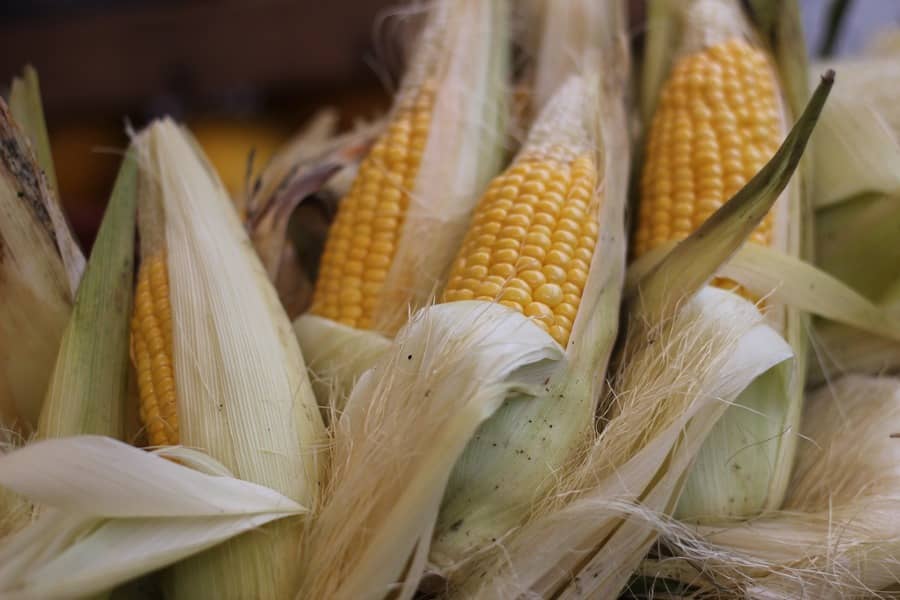Porto Alegre, August 15, 2023 – It is natural that producers wait for something new that sends prices higher. It is also common to wait for the post-harvest seasonality to bring some upward movement to the domestic market or, at least, not to remain so bearish. However, we must understand that in most of the regions where the harvests are ending, warehouses are crowded and a sea of silo bags abounds on farms. In regions where harvests are advancing, this process is underway. The producers’ retention can delay exports, keep carryover stocks high, and complicate liquidity when exporters switch their shipments to soybeans early next year. Therefore, with this US crop, it is a greater competition factor for Brazilian exports, and, if the exchange rate helps on the one hand, the CBOT may limit gains on the other.
Harvests in Brazil are advancing in Mato Grosso do Sul, São Paulo, Paraná, and Minas Gerais, reaching the final stretch in Goiás, and practically finished in Mato Grosso. It should be noted that the harvest in Mato Grosso is over, but there is no sign of an increase. Goiás is closing the harvest, and prices have been unable to rise. We do not know any factor that could lead prices to rise after the harvest in other states. Of course, at every harvest we have lows and then some recovery, nothing beyond that.
We also have the crop from Paraguay being reaped, which is expected to be record-breaking and that will need to be shipped to a great extent to the Brazilian market over the next few weeks or, at least, until January when the soybean crop arrives.
In this way, Brazil needs support from its main problem, that is, the flow of stocks until the arrival of the soybean crop in January/February. We have the harvests advancing and some commercialization as well, but producers are inclined to maintain prices above export parity. If there is room to sustain high stocks for a long time, attitude can help. However, excess retention at the peak of export purchases could drive demand for US corn from October onward. And this can reduce Brazilian liquidity when producers need to take large volumes from their warehouses at the turn of the year. In any case, the Brazilian market plays this game trying to get better prices, without external or internal support. Now, with a new hike in diesel oil, certainly with a new increase in freight rates, the situation tends to complicate the starting point of trade, that is, the producer.
Exports started with great shipments this season. After 6 mln tons in July, now August has 10 mln tons scheduled. Possibly, we will not close this volume in August, but 7 to 8 mln tons are a great volume for the period. Cumulatively, commitments amount to 23m tons through September. To reach 50 mln tons this year, we will need an average of 6.5 mln tons/month between September and January. This is likely to be achieved, what makes it difficult is perhaps the competition with the US crop and the internal retention of producers.
Copyright 2023 – Grupo CMA

